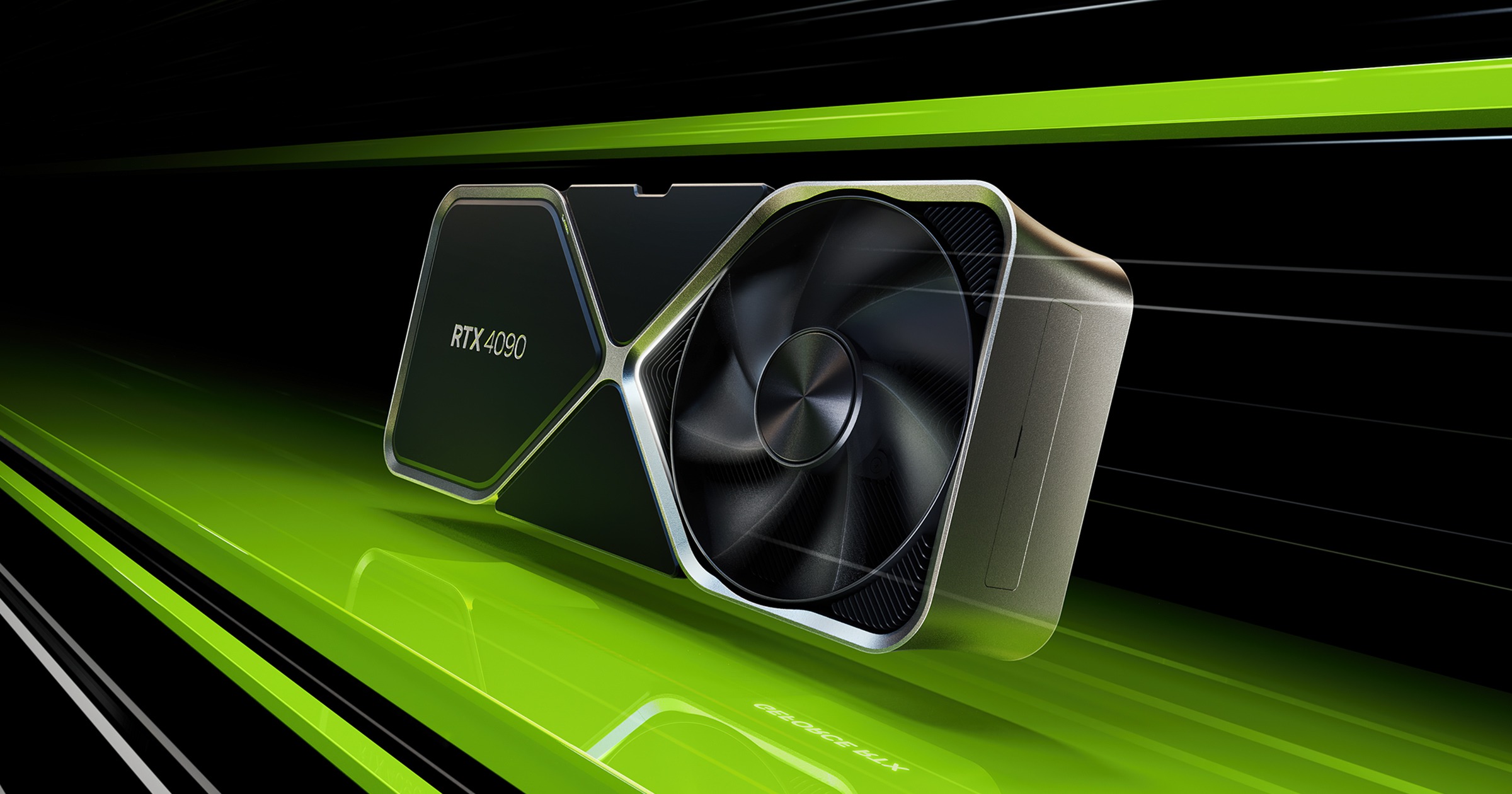In the dynamic realm of computer technology, the relentless pursuit of innovation has propelled graphics cards into the forefront, transforming the visual landscape of digital experiences. The evolution of graphics cards over the years stands as a testament to the ceaseless quest for improved performance, realism, and immersion in the realm of visual computing.
The journey begins in the early days of computing, where graphics cards were rudimentary tools tasked with rendering basic 2D images on screens. As computers found their way into households, the demand for richer graphical experiences grew. The dawn of the 3D era marked a significant turning point, and graphics cards evolved to support more complex rendering processes, introducing the world to polygonal landscapes and three-dimensional gaming environments.
The late 1990s witnessed a revolution with the advent of dedicated graphics processing units (GPUs). Companies like NVIDIA and ATI (later acquired by AMD) introduced GPUs designed specifically for rendering graphics, offloading the burden from the computer’s central processing unit (CPU). This separation of tasks marked a paradigm shift, unlocking unprecedented graphical capabilities and setting the stage for the era of visually stunning video games and applications.
The demand for realism intensified, leading to the introduction of pixel and vertex shaders. These programmable units allowed for advanced visual effects, dynamic lighting, and intricate shading, bringing a level of detail and nuance previously unimaginable. With each generation of graphics cards, shader technologies advanced, pushing the boundaries of visual fidelity and artistic expression in digital content.
The pursuit of realism reached new heights with the introduction of hardware-accelerated physics processing and tessellation technologies. Graphics cards began to simulate the physical behavior of objects in real-time, offering lifelike movements and interactions. Tessellation, a technique that refines the detail of 3D models, further elevated the level of detail in rendered scenes, creating more immersive virtual worlds.
The mid-2010s witnessed a watershed moment with the advent of ray tracing technology. NVIDIA’s RTX series of graphics cards introduced real-time ray tracing, a rendering technique simulating the behavior of light, shadows, and reflections. This groundbreaking innovation brought cinema-quality graphics to gaming, enabling developers to create visually breathtaking experiences with realistic lighting and reflections.
Simultaneously, the gaming industry embraced higher resolutions and refresh rates. Graphics cards evolved to support 4K gaming and beyond, pushing the limits of visual clarity and detail. High refresh rate displays became the norm, offering smoother animations and enhancing the responsiveness of games. The synergy between powerful graphics cards and high-refresh-rate monitors became a defining characteristic of the modern gaming experience.
In recent years, graphics cards have ventured into the realm of artificial intelligence with the integration of machine learning technologies. NVIDIA’s DLSS (Deep Learning Super Sampling) and AMD’s FidelityFX Super Resolution are examples of AI-powered upscaling techniques that enhance image quality, allowing games to achieve higher performance without compromising visual fidelity.
However, the quest for innovation has not been without challenges. The demand for high-performance graphics cards, fueled by gaming, content creation, and cryptocurrency mining, has led to periodic shortages and increased competition among consumers. Manufacturers continue to grapple with the delicate balance of performance, power efficiency, and accessibility in a rapidly evolving landscape.
The advancement of graphics cards is a captivating narrative of technological progress, pushing the boundaries of what is visually achievable in the digital realm. From humble beginnings as basic renderers to the era of real-time ray tracing and artificial intelligence, graphics cards have played a pivotal role in shaping the immersive and visually stunning experiences we enjoy in the digital age. As the journey continues, the future promises even greater feats in visual computing, ensuring that the quest for realism and excellence remains an integral part of technological evolution.

